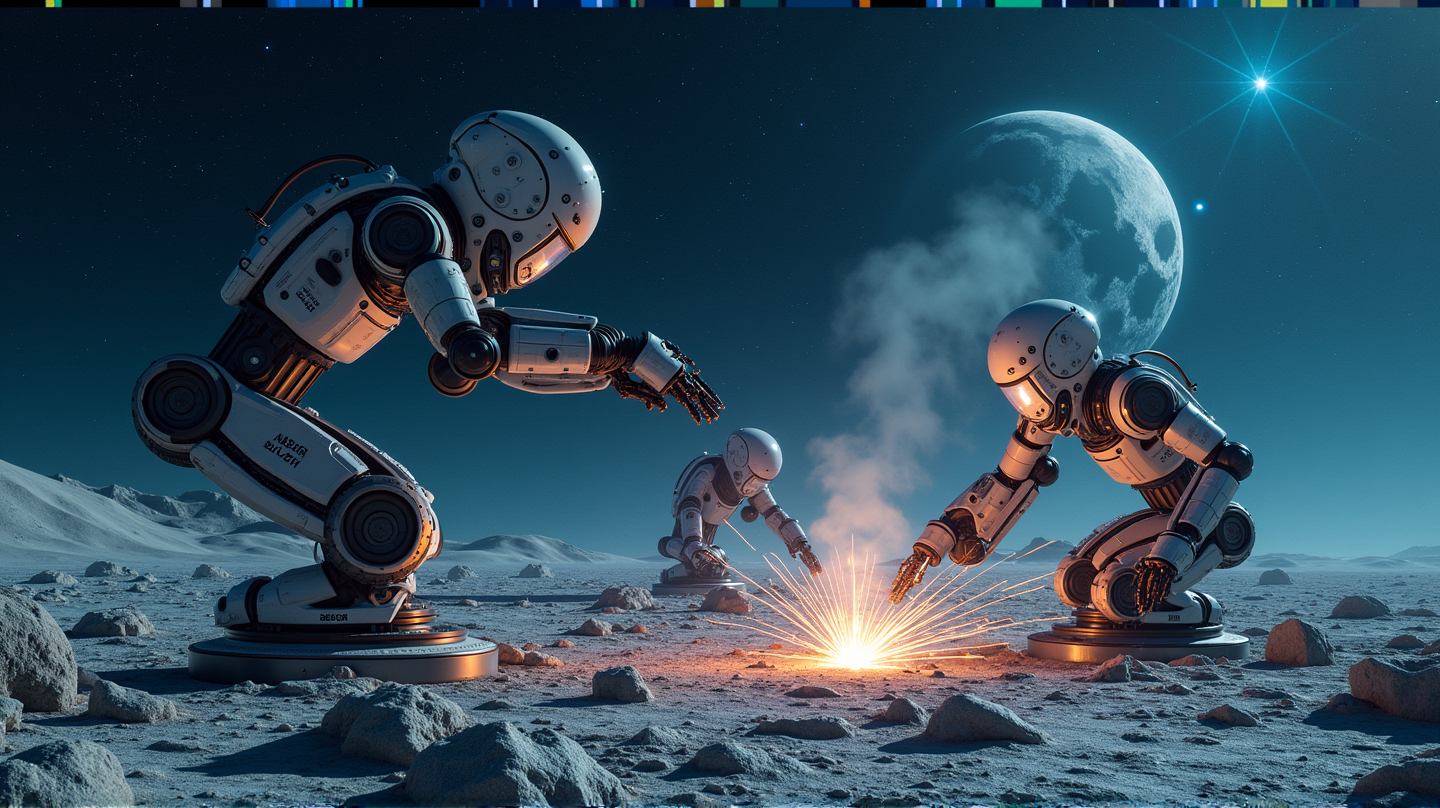Moon Construction Revolution: Virtual Welding Platform Paves Way
US researchers pioneer a virtual lunar welding platform, a game changer for building permanent moon habitats.

The quest to establish a permanent human presence on the Moon has taken a giant leap forward with the development of a groundbreaking virtual welding platform. US researchers, led by Dr. Wei Li at the University of Texas at Dallas, are taking on the daunting challenges presented by the Moon’s harsh environment through innovation and perseverance.
Overcoming Lunar Challenges
Building on the Moon is not just science fiction—it’s a complex engineering feat challenged by extreme temperature fluctuations, lack of atmosphere, and unique gravity conditions. Such environments transform simple tasks, like metal welding, into intricate challenges requiring cutting-edge solutions. Dr. Li and his team are leading the charge with a pioneering virtual welding tool designed to tackle these issues head-on.
A Virtual Leap
The core of this initiative is a virtual environment that meticulously simulates lunar conditions, allowing researchers to devise and test welding techniques without incurring the costs and risks of an actual mission. The platform leverages multiple-physics modeling to enhance joint strength in spacecraft construction—an essential capability for long-term moon habitation.
Technology Meets Space Exploration
Utilizing advanced directed energy deposition and additive manufacturing technologies, Dr. Li’s team is breaking new ground in understanding material behavior. This state-of-the-art virtual welding platform predicts and corrects potential structural defects, ensuring the utmost safety and reliability of future space infrastructure. As stated in Interesting Engineering, the ability to perform on-site repairs and constructions could dramatically reduce reliance on Earth-bound supplies.
The Dawn of Lunar Habitats
The implications of this research are far-reaching. Successful implementation promises transformative changes in NASA’s long-term space exploration plans. By shipping metal components to the Moon and assembling them into large structures, the dream of establishing a sustainable human settlement becomes ever closer to reality.
Paths Forward
The team’s work is supported by NASA’s Early Stage Innovations grant and complemented by efforts from private entities like ThinkOrbital, which tested the first autonomous in-space welding system. These collaborations herald a new era of lunar exploration—where in-situ resource utilization and advanced technology converge to lay the foundation for a future human community on the Moon.
This initiative represents more than a technological breakthrough; it’s a testament to human ingenuity and determination to transcend earthly boundaries. 🌕🚀

